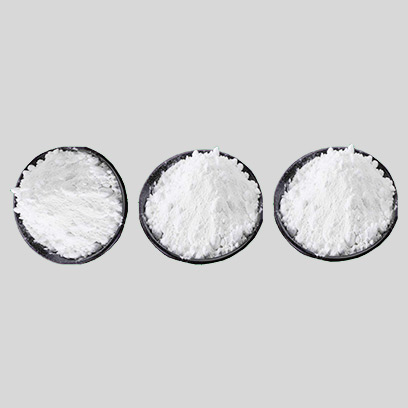
Aug . 14, 2024 05:56 Back to list
Exploring the Market Trends and Applications of Lithopone in Modern Pigment Solutions
The Role of Lithopone in Pigment Applications
Lithopone is a unique and versatile white pigment that has played a significant role in various industries since its introduction in the late 19th century. Comprising primarily zinc sulfide (ZnS) and barium sulfate (BaSO4), lithopone is known for its opacity, durability, and excellent weather resistance. It offers a combination of properties that makes it an attractive alternative to titanium dioxide, particularly in specific applications where cost-effectiveness and color stability are crucial.
Historically, lithopone emerged as a competitor to lead white and other white pigments. It was developed as a non-toxic, lighter alternative that provided good coverage and improved safety for consumers and workers. Lithopone's application extends beyond just paint and coatings; it's utilized in plastics, rubber formulations, and even ceramics. In many industries, the pigment is valued for its brightness and its ability to reflect light, resulting in aesthetically pleasing finishes in products.
The Role of Lithopone in Pigment Applications
The quantitative aspects of lithopone are also noteworthy. Its cost-effectiveness often leads to a lower price point compared to titanium dioxide, allowing manufacturers to produce high-quality paints and coatings at a lower expense. This is particularly advantageous for small businesses and developing economies where budget constraints are a consideration. Statistics indicate that the use of lithopone in the paint industry can reduce production costs significantly while maintaining competitive product quality.
lithopone in pigment quotes

Beyond paints, lithopone is increasingly being incorporated into plastics. The pigment serves not only as a filler but also as a means to enhance the aesthetic qualities of plastic products. When added to polyvinyl chloride (PVC), for instance, lithopone improves whiteness and opacity, making it an ideal choice for a variety of applications, including construction materials and consumer goods. The durability of lithopone in outdoor applications also ensures that plastic products maintain their appearance over time, even when exposed to harsh environmental conditions.
Moreover, the rubber industry has embraced lithopone for use in various applications. As a pigment and filler, it contributes to the performance characteristics of rubber compounds, enhancing strength and resistance to degradation. Its non-toxic nature makes it suitable for products used in environments where human contact is unavoidable, further expanding its market appeal.
Despite its many advantages, the use of lithopone has seen a decline in some sectors in favor of titanium dioxide, which boasts superior brightness and faster drying times. However, lithopone continues to hold a niche market due to its affordability and performance in specific applications.
As industries strive towards more sustainable practices, materials like lithopone that offer a more environmentally friendly option will likely see renewed interest. Innovations in processing and formulation could further enhance lithopone’s appeal in the pigment market, leading to a resurgence of this historically significant compound.
In conclusion, lithopone remains an essential pigment in various applications due to its unique properties and cost-effectiveness. Its resurgence in the market can be attributed to the ongoing need for non-toxic, durable, and sustainable materials in an increasingly environmentally conscious world. manufacturers' commitment to quality and performance will ensure that lithopone continues to be a viable option for years to come.
-
Premium 6618 Titanium Dioxide for GPT-4 Turbo Applications
NewsJul.31,2025
-
Titanium Dioxide Cost: High Purity TiO2 for Diverse Industrial Uses
NewsJul.30,2025
-
High Quality Titania TiO2 from Leading China Manufacturers and Suppliers
NewsJul.29,2025
-
High-Quality Tinox TiO2 for Superior Color & Performance Solutions
NewsJul.29,2025
-
High Quality Titania TiO2 from Leading China Supplier & Manufacturer
NewsJul.29,2025
-
High-Performance r6618 TiO2 for Superior Whitening and Versatility
NewsJul.28,2025
